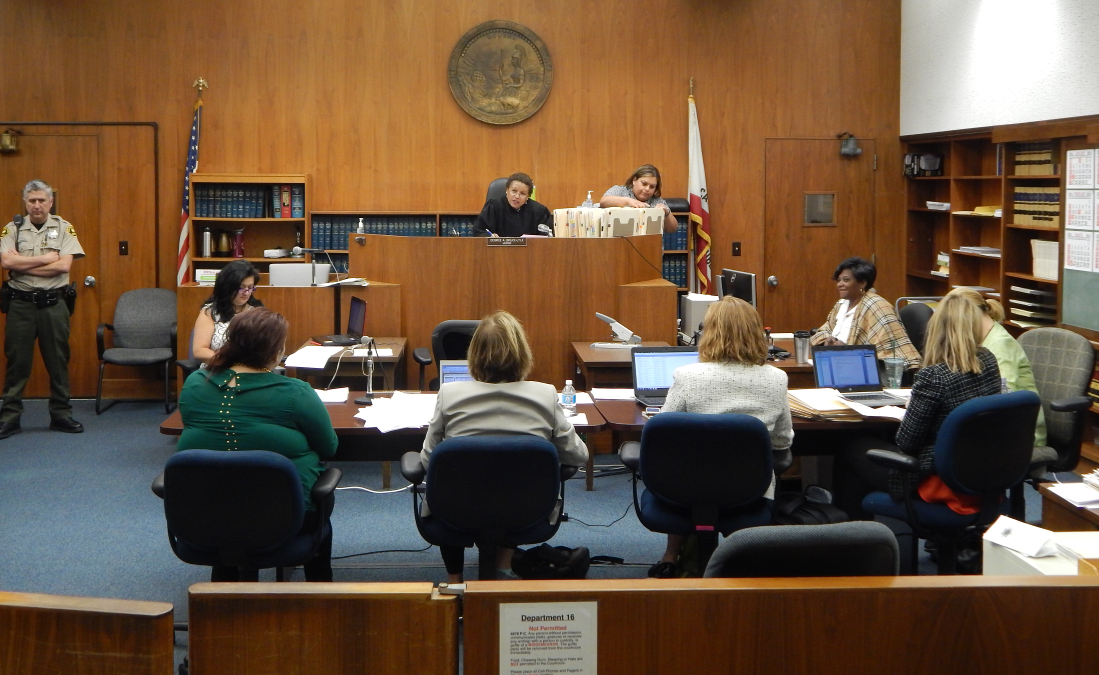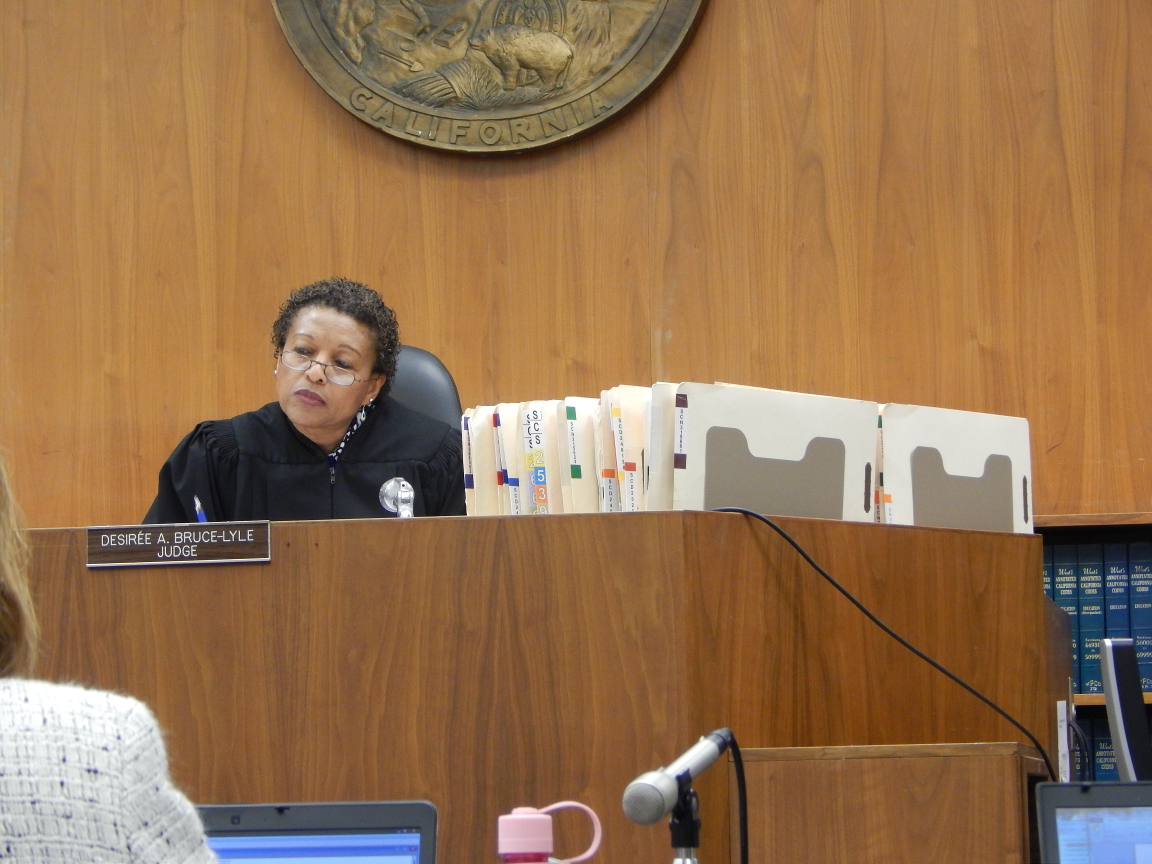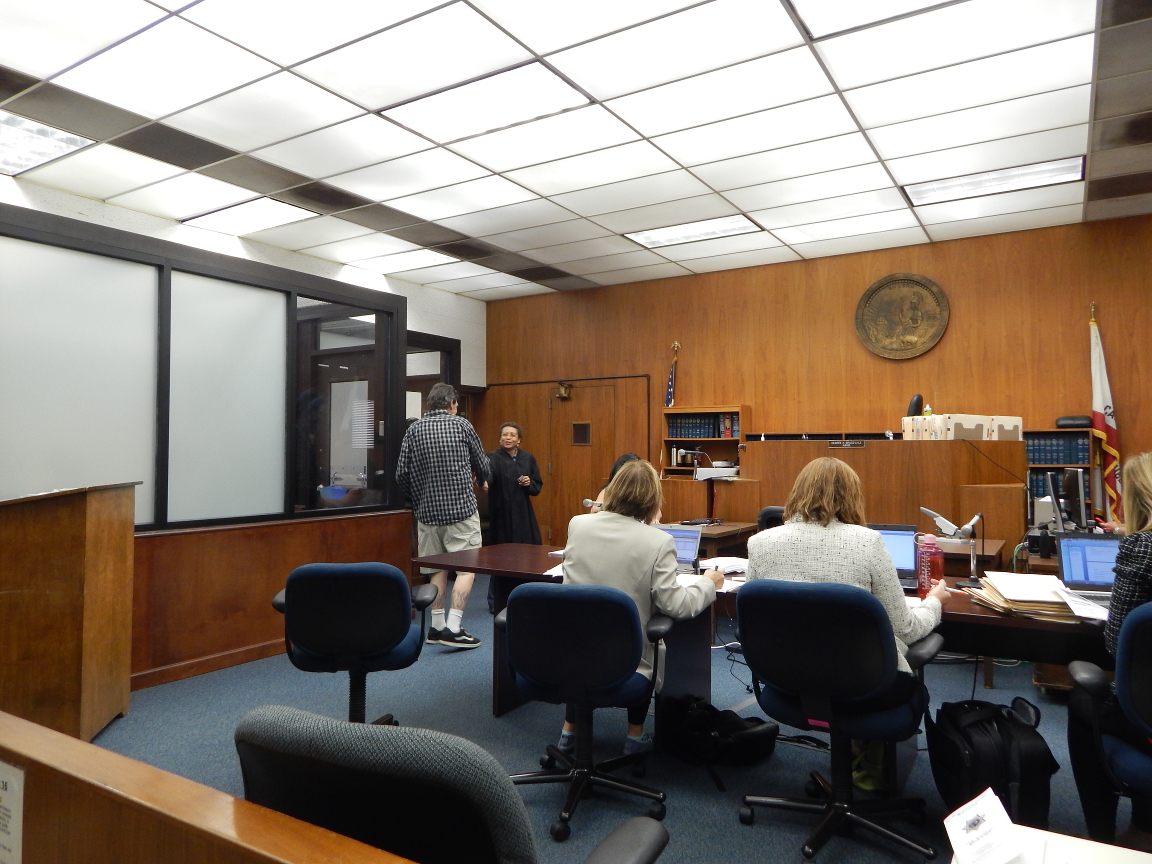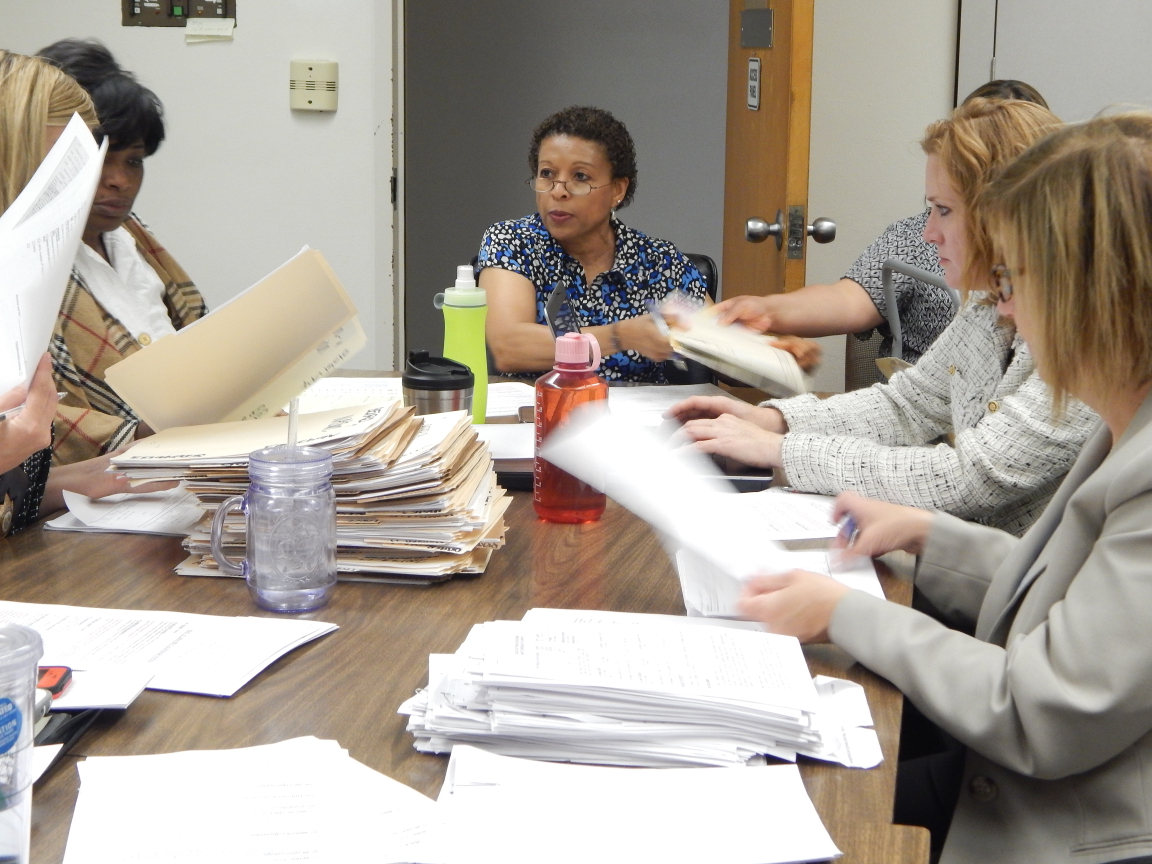San Diego Invests in Collaborative Courts to Reduce Recidivism

SAN DIEGO – The man with the offensive tattoos on his hands was nicknamed Angry Bird when public safety officials here diverted him into a special Reentry Court to deal with issues surrounding his addictions, anger and impulse control. He had been drunk, he told the court, for most of the past 20 years, stealing alcohol to support his habit and starting fights when he was drunk. But on this day, for the past 297 days, he has been sober, more cumulative time since age 15. “My past has been year-long binges,” Angry Bird said. “Now I don’t have to steal a bottle because I’m sick and don’t have the money to buy one. Now I don’t wake up sick anymore.” For the past 18 months, a team of a dozen county public safety and behavioral health officials has invested time and resources into this man and others who were on course to serve life in prison on the installment plan — one addiction-fueled crime at a time. After intensive intervention and treatment, on this day in May the man is back in a Reentry Court designed to reduce recidivism to see Judge Desirée Bruce-Lyle, who has monitored his progress since the beginning and will decide if he’s ready for graduation. She takes off her robe and sits across from him at a courtroom table flanked by the behavioral health specialists, the public defender, deputy district attorney and law enforcement officers who have supervised his care.

The judge peers over the top of her glasses and tells him that she sees a changed man, reminding him that when he first arrived in her court his anger “was palpable.” “I’m tired of being in trouble,” he tells her. “I’ve learned to take a step back and realize my actions cause a reaction and I’m tired of the reaction, which for me means getting locked up.” He even wants his tattoos removed. “I’m proud of you,” Bruce-Lyle says. San Diego County has earmarked $1 million Realignment money to fund the Reentry Court’s drug treatment program. Participants, the majority of whom were on Post Release Community Supervision or Parole when they committed their most recent felonies, are supervised locally through programs such as Reentry Court. They are intensely supervised and provided with treatment for addictions and co-occurring mental health diagnoses instead of rotating through jail or prison. Independent of Reentry, San Diego County also offers Mandatory Supervision Court, which monitors those serving a portion of their sentence in the community. The court similarly oversees offenders’ progress through treatment programs and drug testing. Reentry Court began three years ago, using funds awarded from the American Recovery and Reinvestment Act through CalEMA and CA Penal Code 3015. Since participants are diverting prison or jail sentences, each one avoids as few as 16 months or as long as seven years in custody. So far, San Diego Reentry Court has graduated 50 people from the program, avoiding a cumulative 130 years of incarceration. Reentry Court is a collaborative court and emphasizes rehabilitation with the use of evidence-based programming and practices. Participants must complete four phases of treatment, beginning with intensive group and individual counseling and weekly court appearances and drug testing, which gradually is diminished as the participant successfully progresses and, ultimately, graduates.

In Phase 4, drug testing is reduced to once a week and court appearances to once a month. After graduation participants are supervised during an aftercare phase in which they must demonstrate accountability, gainful employment and dedication to a sober life. It’s a lot of work for the participant, and not everyone makes it, but the judge believes in second (and third) chances. “Some participants say doing time is easier,” said Scott Brown, special projects manager of the Superior Court of San Diego County. “But at some point during the first six months in the program the participant’s light bulb usually goes off that there is something better out there.” Building on Reentry Court, in 2013 San Diego started its Mandatory Supervision Court to use collaborative court principles with the sheriff’s reentry services for offenders serving a split sentence. The program helps inmates transition from jail to community using the court to ensure consistency and fairness. Both courts are supervised by Judge Bruce-Lyle and start with case meetings with a team of public safety and behavioral health officials to talk about progress (or relapses) each participant has made.

Bruce-Lyle is intimately involved in the cases that come through her courtroom. She has visited nearly every service provider in the county so that she understands the types of treatment available to offenders. She even calls probation officers directly if she feels like they aren’t paying close enough attention to a particular case.
“There’s no standard procedure for everybody, no one size fits all solution,” she says. “You have to look at the individual.” She makes eye contact with each offender who stands in front of her bench, leads the applause when they announce their total days sober and believes in second chances. “Everyone knows that relapse is part of recovery,” says the Judge. “So how do you handle that? You look at the patterns. You talk to them. You make them write a paper about why it happened. If they were going to meetings twice a week maybe you make them go every day for 30 days.” The Reentry Court has a mission statement: “To reduce parolee recidivism and protect public safety by leveraging integrated community resources and services to target offender population through the implementation of the key components of collaborative justice.” It doesn’t work for everyone – between 30 and 40 percent successfully complete the program. One motivator is that for offenders in Reentry Court their sentence has been suspended, but that sentence awaits in its’ entirety if the offender fails – even in the last week of the program. San Diego County, as well as the Administrative Office of the Courts, is still working on data that will determine the rates of success for both programs. But Judge Bruce-Lyle sees individual progress each week. “It’s amazing to see each person’s change from being an offender cycling through the system to becoming an active and involved citizen,” she said.
| Reentry Court | Mandatory Supervision Court | |
|---|---|---|
| Started | January 2011 | February 2013 |
| Population | PRCS or Parole who commit a new felony (PC 3015) | Persons given a split sentence pursuant to PC 1170(h)(5)(B) |
| Capacity | 85 people | No cap |
| Court Appearances | Phased, weekly, bi-weekly, monthly | Depends on individual. Could be 30, 45, 60 or 90 days between appearances |
| Supervision | A team of officers assigned to the program from Probation, Parole, Sheriff and San Diego Police Department. | Probation officers. |
| Treatment | A dedicated out-patient treatment center manages each person treatment plan. Referrals are made to residential treatment as well as community-based organizations. | Probation Department manages treatment linkages and referrals to community-based programs. |
| Completion | Participants are given 3 year terms of probation in lieu of a prison sentence. Formal program is self-paced and lasts 18-24 months. Upon completion there is an aftercare component. Persons not completing the program are sentenced to their stipulated term (between 16 months and 7 years) | Person earns day-for-day credit on their sentence. Mandatory Supervision can last a few months or many years depending on the sentence given by the original judge. Once their time is up, they have completed their sentence. |

